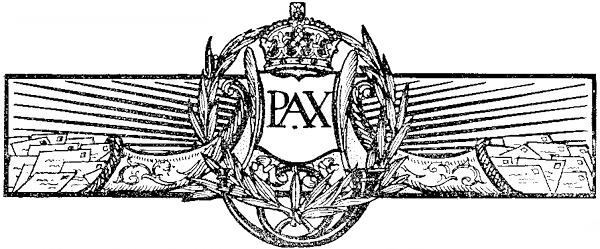Roman Provincias > Provincia Germania
Provincia Germania

Background
Provincia Germania, also known as Germania Magna or Germania Libera, was not a single Roman province but a collective term used by the Romans to refer to the vast region east of the Rhine River inhabited by Germanic tribes. It encompassed territories that are part of modern-day Germany, the Netherlands, Belgium, and Luxembourg. Here's an overview of Germania and its relationship with the Roman Empire:
Geography:
Germania was situated to the east of the Rhine River and north of the Danube River. It was characterized by dense forests, marshlands, and rolling plains. The region had a harsh climate, particularly in the winter months, which presented challenges for Roman military campaigns and settlement.
Roman Interaction:
The Romans had intermittent contact with the Germanic tribes inhabiting Germania since the early days of the Roman Republic. The Roman army, led by generals such as Julius Caesar, conducted military campaigns across the Rhine River to subdue and establish control over some of the Germanic tribes. Despite occasional Roman victories and the establishment of military fortifications along the Rhine frontier, much of Germania remained beyond Roman control. The Germanic tribes fiercely resisted Roman encroachment, often launching raids and incursions into Roman territory.
Tribes and Culture:
Germania was inhabited by various Germanic tribes, including the Chatti, Suebi, Cherusci, and Marcomanni, among others. These tribes were organized into loose confederations and ruled by chieftains or kings.mGermanic society was primarily agrarian, with communities centered around farming and livestock herding. Tribal culture was characterized by a warrior ethos, with warfare playing a central role in tribal politics and social structure.
Roman Policy:
The Romans maintained a policy of containment and limited engagement with Germania, focusing on fortifying the Rhine frontier rather than attempting to conquer or fully integrate the region into the empire. The Rhine served as a natural barrier against Germanic incursions into Roman territory. At times, the Romans established diplomatic relations with certain Germanic tribes, forming alliances or client-states to help maintain stability along the frontier. However, these alliances were often fragile and subject to change.
Legacy and Decline:
Germania remained beyond the direct control of the Roman Empire throughout much of its history. However, the region continued to have significant interactions with the Roman world through trade, diplomacy, and cultural exchange. Over time, as the Roman Empire faced internal and external challenges, including barbarian invasions and political instability, the Rhine frontier became increasingly vulnerable. Germanic tribes such as the Vandals, Visigoths, and Franks eventually crossed the Rhine and contributed to the decline of Roman authority in the western provinces. Despite its eventual decline, the legacy of Roman interactions with Germania endured in the cultural, linguistic, and architectural influences left behind by the Romans, as well as in the subsequent development of the Germanic kingdoms and medieval Europe.
Roman Provincias
Roman Provincias List
- Provincia Achaea
- Provincia Aegypti
- Provincia Africa Proconsularis
- Provincia Cottiae
- Provincia Maritimae
- Provincia Alpes Poeninae
- Provincia Arabia Petraea
- Provincia Armenia
- Provincia Asia
- Provincia Assyria
- Provincia Augustamnica
- Provincia Bithynia et Pontus
- Provincia Britannia Inferior
- Provincia Britannia Superior
- Provincia Britannia
- Provincia Byzacena
- Provincia Cappadocia
- Provincia Cilicia
- Provincia Corsica et Sardinia
- Provincia Crete et Cyrenaica
- Provincia Cyprus
- Provincia Dacia Aureliana
- Provincia Dacia
- Provincia Dalmatia
- Provincia Galatia
- Provincia Gallia Aquitania
- Provincia Gallia Belgica
- Provincia Gallia Lugdunensis
- Provincia Gallia Narbonensis
- Provincia Germania
- Provincia Germania Inferior
- Provincia Germania Superior
- Provincia Hispania
- Provincia Hispania Baetica
- Provincia Hispania Citerior
- Provincia Hispania Lusitania
- Provincia Hispania Tarraconensis
- Provincia Hispania Ulterior
- Provincia Iudaea
- Provincia Lycia et Pamphylia
- Provincia Macedoniae
- Provincia Mauretania
- Provincia Mauretania Caesariensis
- Provincia Mauretania Tingitana
- Provincia Mesopotamia
- Provincia Moesia
- Provincia Moesia Inferior
- Provincia Moesia Superior
- Provincia Pannonia
- Provincia Pannonia Inferior
- Provincia Pannonia Superior
- Provincia Pannonia Valeria
- Provincia Raetia
- Provincia Sicilia
- Provincia Sophene
- Provincia Syria
- Provincia Syria Palaestina
- Provincia Syria Phoenice
- Provincia Thracia